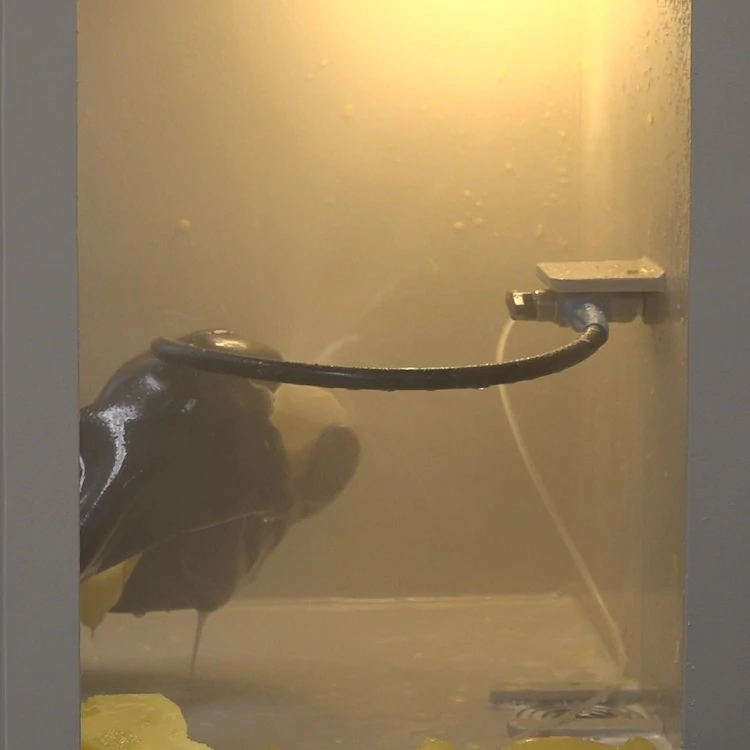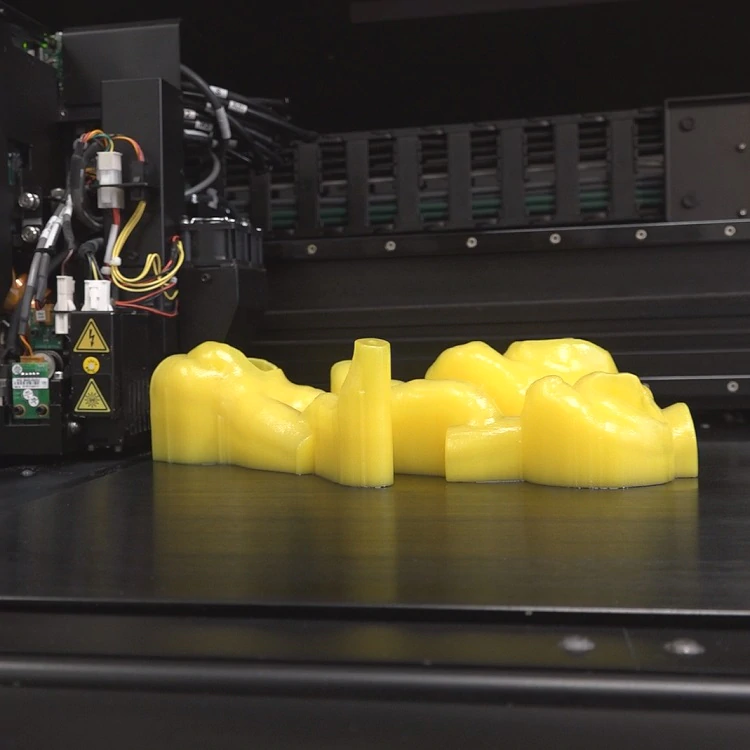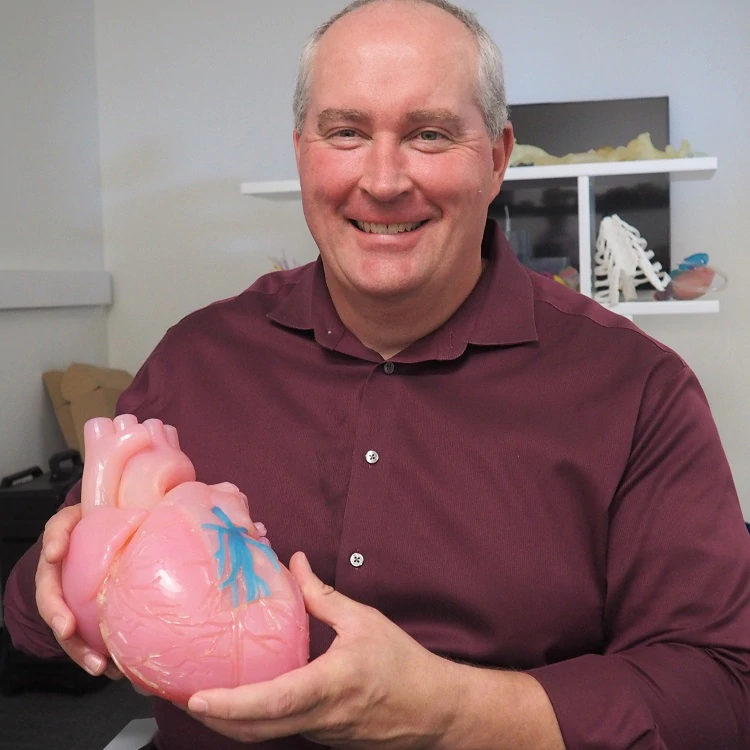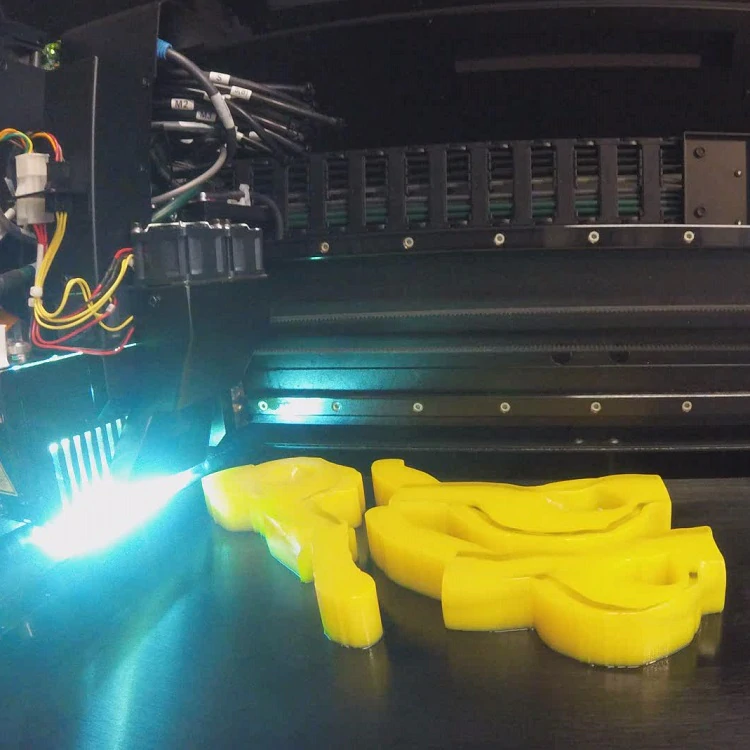3D Printing: A New Frontier In Healthcare
3D printing isn’t really printing at all. The less-familiar term is additive manufacturing – building an object one very thin layer at a time – on a precision machine similar in size and...
3D printing isn’t really printing at all. The less-familiar term is additive manufacturing – building an object one very thin layer at a time – on a precision machine similar in size and shape to a printer.
Whatever you call it – 3D printing is opening a new frontier in healthcare.
“The rate of change of the technology is just mind boggling,” said Mark Bucheger, engineering director at Medtronic. “Each year the technology is improving to allow us to do more and more things.”
Imagine, for instance, a day when doctors identify your medical problem with a CAT scan or MRI. Then – using 3D printing technology – treat you with a medical tool, a product, or even an entire implantable device, built specific to you and your physiology.
“That's going to take some regulatory work, some development work, some manufacturing work to get there. But those are possibilities that are real,” said Michael Hill, Ph.D., vice president of corporate science, technology and clinical affairs at Medtronic.
Earl Bakken tells us to ‘look beyond the apparent.’ That’s my perspective on 3D printing. Nothing is impossible.
Michael Hill, Ph.D.
Potential of Personalized Medicine
Teams of Medtronic scientists and engineers are already working on the possibilities of such personalized medicine. They even envision a day when damaged human organs might be repaired with tissue, or replaced altogether with new organs, created on 3D printers.
“We are thinking that far ahead,” Hill said. “But it’s going to take time and determination. It's one thing to do a prototype, it's another thing to say we're actually going to do it for the long haul.”
It may be years before those kinds of ideas are fully developed, but 3D printing is already having a major impact on research and development.
We like to learn fast, so we can arrive at the final product in a much more rapid fashion.
Mark Bucheger, engineering director
Accelerated learning
Seven 3D printers run non-stop at Medtronic – filling orders for what’s known as “rapid prototyping.”
If a doctor, scientist or engineer comes up with an idea for a new surgical tool, a prototype can be built in a matter of hours for R&D to explore the idea.
Research and development work that used to take a few months, now done in a couple of days.
“We like to learn fast,” Bucheger said. “Create different iterations of those tools such that we can arrive at what the final product is in a much more rapid fashion.”
The prototype comes off the printer encased in a soft supportive material. It then goes to a special tank, where the supporting material is sprayed off – to reveal the finished prototype.
In just one year, Medtronic estimates up to nine years of R&D testing time was saved by 3D printing, according to design lab manager Scott Hanson. Ultimately, that means innovation and advances in healthcare get to patients much faster.
“The amount of knowledge that we're exposed to almost doubles every year,” Hill said. “Accelerating innovation so we can stay ahead of the curve is half the battle.”
Empowered training and simulation
Medtronic is also printing 3D models of various human anatomies, so product-designers can figure out how to improve the way their devices deploy and operate inside the body.
Other 3D-printed models allow doctors to practice procedures on life-like simulations. That way, they’re better prepared when it’s time to perform the real surgery.
“That's especially important when physicians are dealing with abnormal physiology,” Hill said. “It may take 100 or 1,000 actual procedures to see something like that. But if we can 3D print that physiology, surgeons can experience that and actually see and touch it. That can be an incredibly important learning tool.”
Most of the 3D printing projects currently done at Medtronic build prototypes using special polymers. But researchers are anxious to start working with their newest 3D printer – which builds objects out of metal.
“That again will just open up that many more doors for us in terms of the possibilities that we can do,” Bucheger said.
What comes next may be limited only by our imagination.
“Earl Bakken tells us to ‘look beyond the apparent,’” Hill said. “See what isn’t visible yet. That’s my perspective on 3D printing and some of the other technologies we’re developing. Nothing is impossible.”




